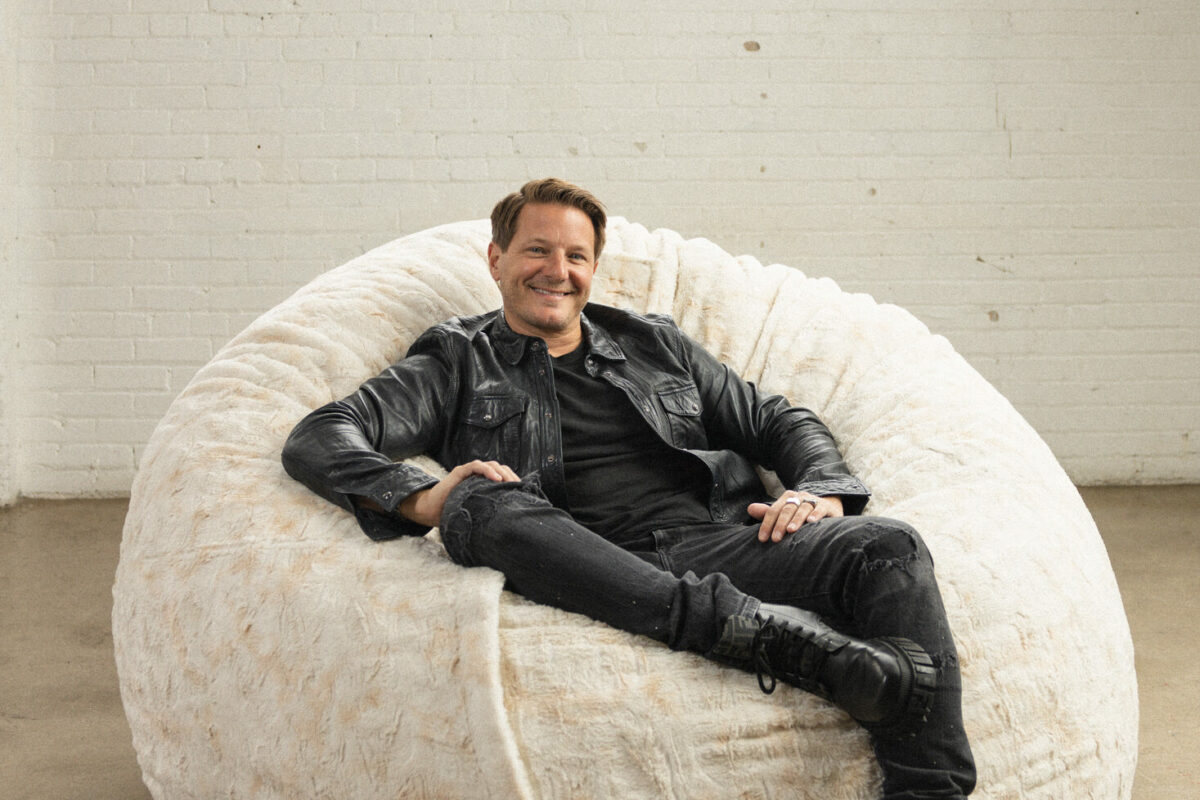I’ve written a few times about the increasing popularity of a trend called mindful living. This trend is continuing to grow, along with rising awareness of what brands are and how consumers see themselves in the brand’s story. This awareness may allow consumers to become what JWT Intelligence calls “micropreneur stewards” of brands over time. With desire as the driving emotion in the marketplace, some emerging trends are shedding new light on what we might actually desire – and what that might mean for brands.
One-For-One; The New Way Commerce
The evolution of the social web has put enormous pressure on businesses to revise their models to factor in the human element. While especially true with millennials, we are seeing all age groups becoming more ethically minded, and as such, in considering brand affinity, consumers are looking for traits within a brand to help reinforce their own ethical mindset. Take Tom’s shoes for example: A foundation of their brand purpose is One-for-one: When consumers buy a pair of shoes, Tom’s sets aside another pair to donate. Founder Blake Mycoskie describes one-for-one as a “movement”: something bigger than commerce that will transform one category after another. This model is being replicated with different variations in other brands; In San Francisco, Munchery (in partnership with Uber and Foodrunners) donates a meal for every meal bought. There is a coffee maker which donates some amount of fresh water at level of purchase. Consumers are looking beyond the functional benefits of a product because they have more information to help them choose. Aligning higher purpose to key consumer beliefs makes it very easy for consumers to see themselves as heroes in a brand’s story.
Actions Are The New Slogans
Aspirational language is important, but only if it directs the actions that a brand really takes. We are moving away from a goods and services based economy to an experience economy. Unlike products, which are static – experiences happen in real time, and they happen to real people. This is like comparing a print ad to a social feed. As in the previous trend, increased awareness and feelings of responsibility in consumers is inspiring brands to craft content that is worth sharing, using genuine activism, innovation, and philanthropy to create connections that directly engage a consumer’s ethical beliefs. A coffee company named Kenco operates in some of the most beautiful, and challenged countries in the world. The opportunity to roll out a training program for farmers in at-risk areas plagued by gang violence has given this brand a well-spring of meaningful content and story to connect with consumers in a way that showcases what the true impact Kencoe is having in the communities where they take so much. Other brands like Patagonia and Tom’s are using stories that are interesting because they are less about the product story and benefits, and more about the human touch points in the way the brand interacts within communities and in the environment. Often, there is a highly inclusive component (everything from an afternoon of volunteering, to multi-day adventures in unfamiliar locations) that encourages participation. While being invited to go on a charitable trip with Tom’s might not directly result in increased sales, the experience is absolutely one that consumers will remember, and talk about in real life and on their social networks.
Co-Creating A Future
A couple of years ago, Coke launched their “Share a Coke” campaign with tremendous success. Back then; it was great for consumers to see themselves reflected in popular culture. Today, consumers have the tools to create popular culture. Millennials in particular are savvy enough to realize there are opportunities to monetize their ideas via the personal brand they’ve been building and curating since they could login to Facebook. This is a way Millennials can “put their money where their hearts are.” In another illustration, microbreweries and distilleries in larger cities which have markets that support affinity for craft beer and liquor are inviting consumers to add their own distinctiveness to beer, vodka, with labels, participation, and in the case of Our Vodka, even some form of profit sharing. The idea is consumers not only see themselves reflected, they want to create and let people know that they created it. In a TED talk a few years ago, Clay Shirky spoke about how a cognitive surplus will change the world. The gist of that talk was the transition of people from consuming to creating. It’s happening and brands that can tap into this opportunity to engage a ‘micropreneur’ mindset might end up the next generation of what brand means.
Going beyond the traditional definitions of success in terms of profits, expenses/donations is this third dimension in which we find all of the intangibles and unquantifiable things like belief, desire, sentiment, and happiness. As human beings, we deal in belief, sentiment and happiness all the time. When brands do this, they become more human too.
The Blake Project Can Help: The Brand Positioning Workshop
Branding Strategy Insider is a service of The Blake Project: A strategic brand consultancy specializing in Brand Research, Brand Strategy, Brand Licensing and Brand Education




